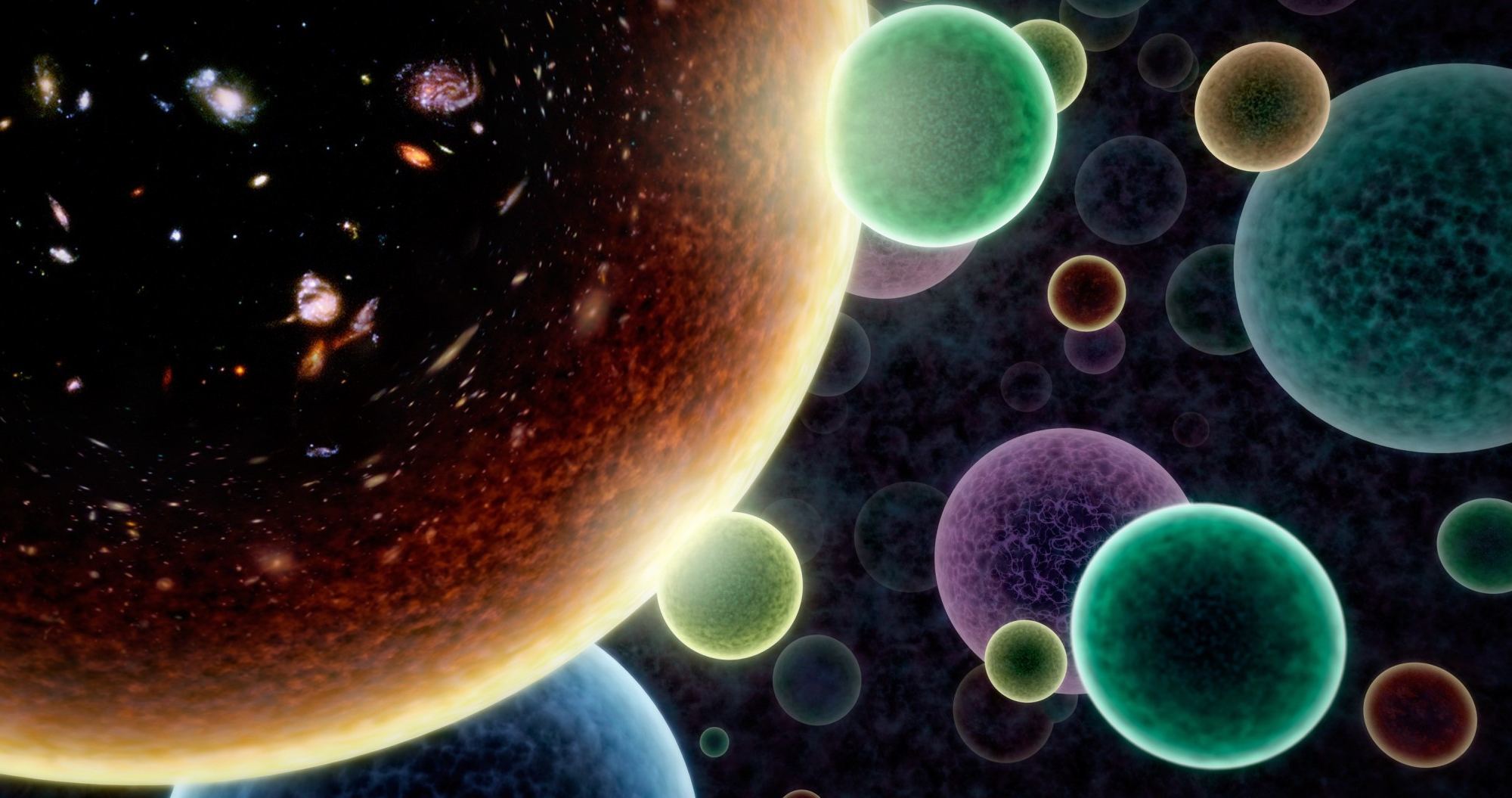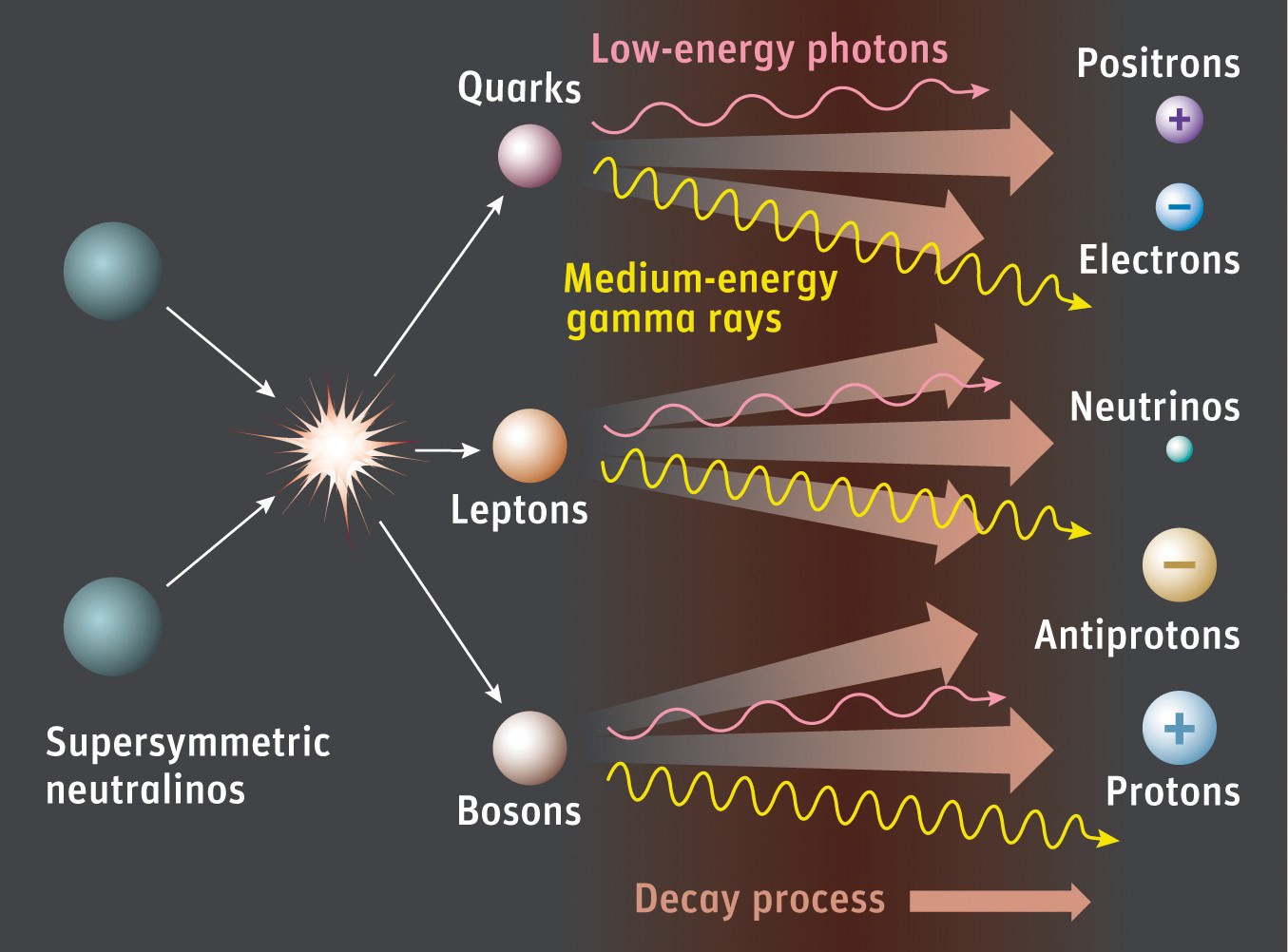Universe Today has examined the importance of studying impact craters, planetary surfaces, exoplanets, astrobiology, solar physics, comets, and planetary atmospheres, and how these intriguing scientific disciplines can help scientists and the public better understand how we are pursuing life beyond Earth. Here, we will look inward and examine the role that planetary geophysics plays in helping scientists gain greater insight into our solar system and beyond, including the benefits and challenges, finding life beyond Earth, and how upcoming students can pursue studying planetary geophysics. So, what is planetary geophysics and why is it so important to study it?
Continue reading “Planetary Geophysics: What is it? What can it teach us about finding life beyond Earth?”Could Forests Become Ultrahigh Energy Neutrino Detectors?
I really don’t know how to introduce this article. Neutrinos are elementary particles and are electrically neutral. They are produced by numerous cosmological events. Trees, well, we all know what they are and in a recent paper, scientists believed it may be possible to use entire forests as neutrino detectors! I was a bit sceptical when I read the paper but its an interesting concept and certainly trees have been used as broadband antennae so perhaps, well its a fascinating concept.
Continue reading “Could Forests Become Ultrahigh Energy Neutrino Detectors? “Why Serious Scientists Are Mesmerized by the Multiverse

The multiverse may be a cool (and convenient) concept for comic books and superhero movies, but why do scientists take it seriously?
In a new book titled “The Allure of the Multiverse,” physicist Paul Halpern traces why many theorists have come to believe that longstanding scientific puzzles can be solved only if they allow for the existence of other universes outside our own — even if they have no firm evidence for such realms.
It’s easy to confuse the hypotheses with the hype, but Halpern says there’s a huge difference between the multiverse that physicists propose and the mystical realm that’s portrayed in movies like “Doctor Strange in the Multiverse of Madness.”
“Some people accuse scientists of trying to delve into science fiction if they even mention the multiverse,” Halpern says in the latest episode of the Fiction Science podcast. “But the type of science that people are doing when they talk about the multiverse is real science. It’s far-reaching science, but it’s real science. Scientists are not saying, ‘Hey, maybe we can meet another Spider-Man and attack Kingpin that way.'”
The Debate Continues. Do Wide Binaries Prove or Disprove MOND?

The term dark matter was coined back in 1933 and since then, the hunt for it has been well and truly on. However, the concept of dark matter was to describe anomalies from observation for example the rotation of spiral galaxies and the data from gravitational lensing. An alternative soljution is that our model of gravity is simply wrong, enter MOND, Modified Newtonian Dynamics. A new paper just published explores wide binary stars and looks to see if it supports the MOND model.
Continue reading “The Debate Continues. Do Wide Binaries Prove or Disprove MOND?”Why Quantum Mechanics Defies Physics
The full, weird story of the quantum world is much too large for a single article, but the period from 1905, when Einstein first published his solution to the photoelectric puzzle, to the 1960’s, when a complete, well-tested, rigorous, and insanely complicated quantum theory of the subatomic world finally emerged, is quite the story.
Continue reading “Why Quantum Mechanics Defies Physics”We Owe Our Lives to the Moon
Life appeared on Earth through a series of lucky coincidences, and that luck started with our Moon. None of the other planets of the inner solar system have significant moons. Space is lonely around Mercury and Venus. Mars does have two small moons, Phobos and Deimos (Fear and Despair, befitting companions for the God of War), but those are simply captured asteroids, lassoed in the not-too-distant past and doomed to eventually come close enough to their unloving parent to be torn to shreds by gravitational forces.
Continue reading “We Owe Our Lives to the Moon”How Supersymmetry Saved String Theory

String theory, like most revolutions, had humble origins. It started all the way back in the 1960’s as an attempt to understand the workings of the strong nuclear force, which had only recently been discovered. Quantum field theory, which had been used successfully to explain electromagnetism and the weak nuclear force, wasn’t seeming to cut it, and so physicists were eager for something new.
Continue reading “How Supersymmetry Saved String Theory”Holograms Might Save Physics

Even though the guts of General Relativity are obtusely mathematical, and for decades was relegated to math departments rather than proper physics, you get to experience the technological gift of relativity every time you navigate to your favorite restaurant. GPS, the global positioning system, consists of a network of orbiting satellites constantly beaming out precise timing data. Your phone compares those signals to figure out where you are on the Earth. But there is a difference in spacetime between the surface of the Earth and the orbit of the satellites. Without taking general relativity into account, your navigation would simply be incorrect, and you’d be late for dinner.
Continue reading “Holograms Might Save Physics”Why the Universe Might be a Hologram

A quarter century ago, physicist Juan Maldacena proposed the AdS/CFT correspondence, an intriguing holographic connection between gravity in a three-dimensional universe and quantum physics on the universe’s two-dimensional boundary. This correspondence is at this stage, even a quarter century after Maldacena’s discovery, just a conjecture. A statement about the nature of the universe that seems to be true, but one that has not yet been proven to actually reflect the reality that we live in. And what’s more, it only has limited utility and application to the real universe.
Continue reading “Why the Universe Might be a Hologram”The Strangest Coincidence in Physics: The AdS/CFT Correspondence

Attempts to turn string theory into a workable theory of nature have led to the potential conclusion that our universe is a hologram: that what we perceive as three spatial dimensions is actually composed of only two. The greatest realization of this hologram-led program is a proposal that goes by the awkward and clunky name of the AdS/CFT correspondence, first proposed by string theorist Juan Maldacena in the late 1990’s.
Continue reading “The Strangest Coincidence in Physics: The AdS/CFT Correspondence”



